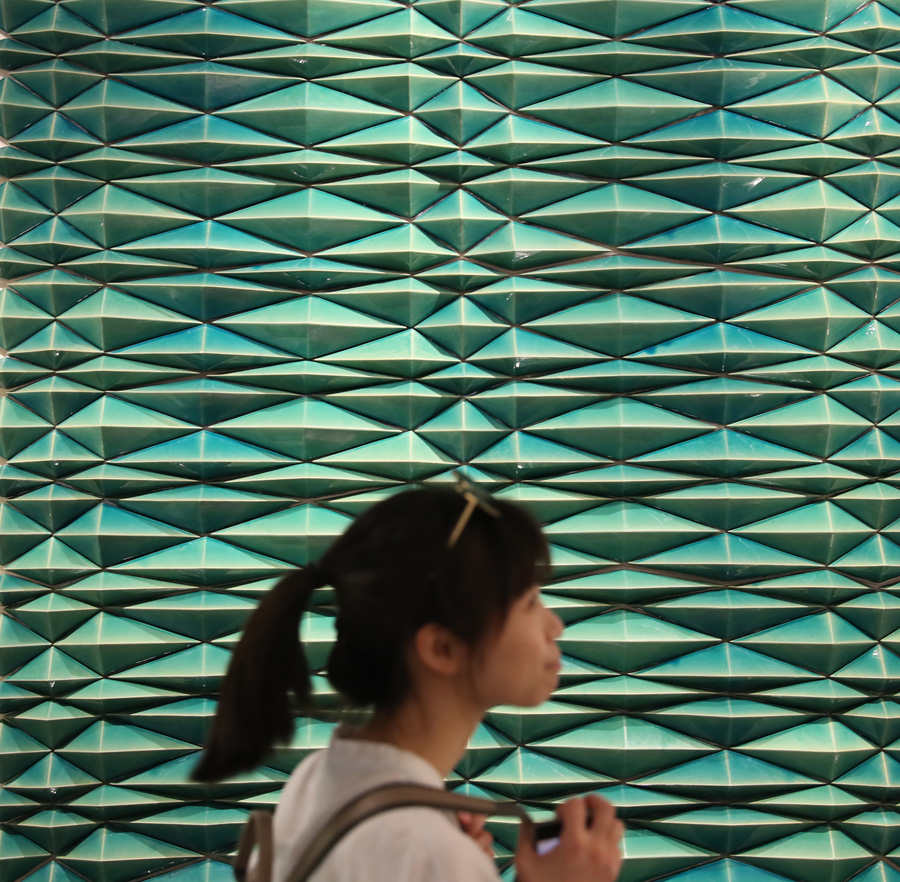 |
|
[Photo provided to China Daily] |
After all, blue-and-white panels, a commonly seen format in the art form, reminds people of Chinese porcelain. The first Portuguese merchant ship reached China in 1513. And through maritime trade between the two countries, Portugal imported Chinese porcelain and gave azulejo art some Chinese elements.
"In the 17th century, patterns like flowers on Chinese silk became really popular on glazed panels," Pinto de Matos from Portugal's National Azulejo Museum says.
"When the 18th century came, many works reflected people's imagination of what everyday life was like in China, though the artists never went to China."
The pagodas and gardens on many such displayed panels may look familiar to Chinese people, but the "Chinese nobles" in the paintings have European physical features.